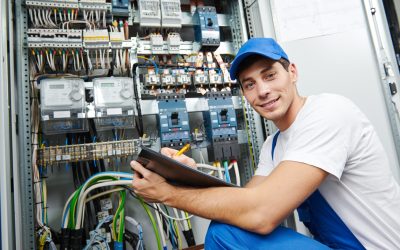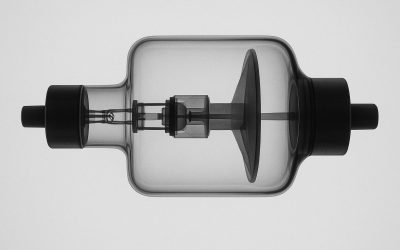During the 21st Century, package testing equipment became more dependable and technology advanced. In fact, top quality control programs see packaging as important as the products themselves. Testing procedures have grown to include leaks not visible with the human eye. However, non-destructive methods can save companies resources and here are some important benefits of this technology.
What is Non-Destructive?
Here is an example of a destructive technique. A plastic container fills with pressurized air. As it fills, a gauge measures pressure inside the container. The pressure continues to rise until the container bursts. This gives the tester the exact point where the container fails under pressure. When non-destructive methods are used, containers are not ruined, and products don’t get damaged.
Another common method does not need expensive package testing equipment, and it involves holding a pressurized container under water and squeezing it. If there are leaks in the packaging, tiny bubbles will escape as water enters it. However, water makes many packages unusable. Also, this kind of test is not accurate because it’s subject to human error and it takes up a lot of time.
Pressure or Vacuum Decay Package Testing Equipment
A pressure decay test places air pressure on an item. The item is kept in a sealed environment and pressure is measured again to see how much was lost. Pressure drop is used to determine leak rate. This does no damage to the item being tested.
Benefits
Non-destructive testing benefits include no product or container loss. The process is fast and is easily done with automated equipment. This can save companies a lot of time and resources. For example, they no longer have to pay people to remove products from production to test them. If companies use a pressure decay testing system before filling packages, they can avoid filling defective packages with a good product.


